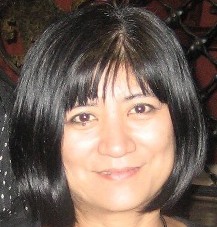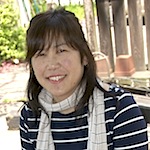 The Japan Forum > Click Nippon > Creative Lesson Planning
The Japan Forum > Click Nippon > Creative Lesson Planning
Making Personal connections with Global Issues
 | Yoko Nishimura-Parke |
|---|---|
| (National Asian Languages Studies in Schools Program - Languages Support Officer,Secondary Education, Learning and Leadership Directorate, NSW Department of Education and Communities) | |
| Immigrated to Australia in 1990 as a high school Japanese teacher. Employed in the NSW Department of Education and Training since 1998. Currently promoting projects involving Asian languages as an expert in developing educational materials for Japanese as a foreign language. Co-authored Japanese textbook series Mirai and iiTomo (Pearson Education). Became involved in education for Japanese as a Heritage Language in recent years and is deeply engaged in developing educational materials in this field. |
A Project for Community Involvement
 | Inahara Kyoko |
|---|---|
| Japanese-language Teacher (High School, the American School in Japan) | |
| Ms. Inahara grapples constantly with the questions of what skills students will need when they become adult members of society and how activities in Japanese-language class can develop those skills. Regarding her role as that of a facilitator, she incorporates a variety of activities into her lessons with the aim of bringing out the students’ latent abilities. B.A. in education, Aoyama Gakuin University. MA in education (educational administration), Aoyama Gakuin University. Served as faculty head of the Japanese-language center, Hanoi University of Technology, Vietnam. Took up current position in 1998. Coauthor of Doraemon no dokodemo Nihongo [Doraemon’s Magic Door to Japanese] (Shogakukan, 2009). |